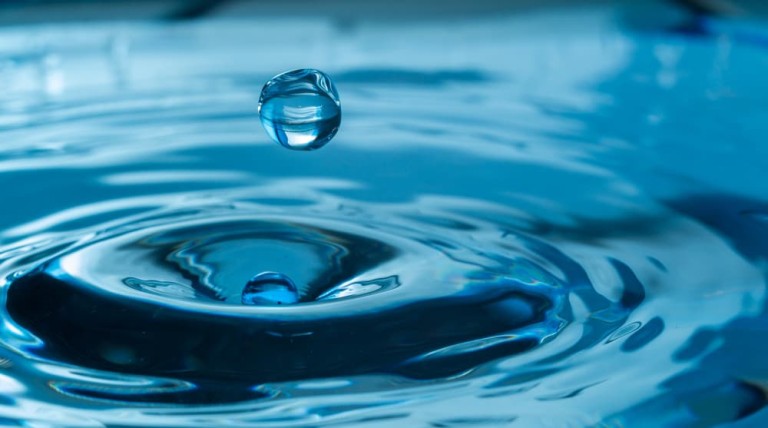
Water is used in nearly every aspect of laboratory processes, and it is critical that this water is of high purity — and in some cases, is essentially sterile — to produce safe, effective products aligned with safety and quality standards and regulations.
High-purity water system maintenance is a core component in maintaining the necessary standards. To learn some of the key ways of maintaining these systems, follow the water system maintenance guideline list below.
How to Maintain a High-Purity Water System
High-purity water may be used for cleaning, testing and the formulation of products. In pharmaceutical applications, this means that the product may be applied to the skin, taken orally or injected — all of which are scenarios that make starkly clear the need for well-maintained systems.
Routine maintenance forms the underpinning of an effective strategy. Core routine maintenance tasks include regular inspection and replacement of:
- Water pretreatment equipment: Pretreatment is often the first line of defense against unwanted microbes and contaminants. Pretreatment can occur through chemical, mechanical or physical means, and any pretreatment equipment should be regularly tested and validated to ensure that it is achieving the specified outcomes in preparing water for further purification.
- Filters: Filters play a key role in removing microorganisms from water and are also part of many testing processes. Filters must be regularly cleaned according to spec and replaced on a regular basis or whenever needed.
- Polishers: Water polishing is a refinement phase of purification, and it is critical to ensure that every method up to this point is well maintained to ensure that polishing systems are able to do their jobs effectively. Water polishing media such as activated carbon and additional filtration systems must be regularly checked and changed to ensure that this key component of the process is occurring as required.
- UV lamps: UV lamps must be maintained regularly and should be tested to ensure that they are achieving the required intensity and strength to carry out their intended function of deactivating potentially harmful microorganisms.
Routine maintenance should also involve regular sanitization of water systems, typically by heating components to the point of killing any microbes that are present or with the use of chemicals to kill present microbes in the water.
In addition to scheduled maintenance and replacement as needed, high-purity water systems should be regularly tested to ensure that they are in compliance with the purity and sterility requirements for their application.
Routine water system testing should include:
- Resistivity/Conductivity Verification: Used as a measure of the presence of contaminants in water
- Total Organic Carbon (TOC) Verification: Indicates the presence and level of organic matter in water
- Endotoxin Testing: Indicates the presence of possible bacterial endotoxin contamination in water
- Bioburden & Species Testing: Detects the presence of viable microorganisms
- Nitrate: Protects against unsafe levels of nitrate, which can be dangerous even after a single exposure
- pH: Measures the acid or base level of water and can help prevent the presence of contaminants
Testing and maintenance records should also be regularly inspected and reviewed to understand trends and potential chronic issues.
Technical Safety Services offers a full line of services for high-purity water system maintenance, helping you to develop the right processes and procedures to keep systems safe and compliant with regulatory requirements. To learn more, contact Technical Safety Services today.

